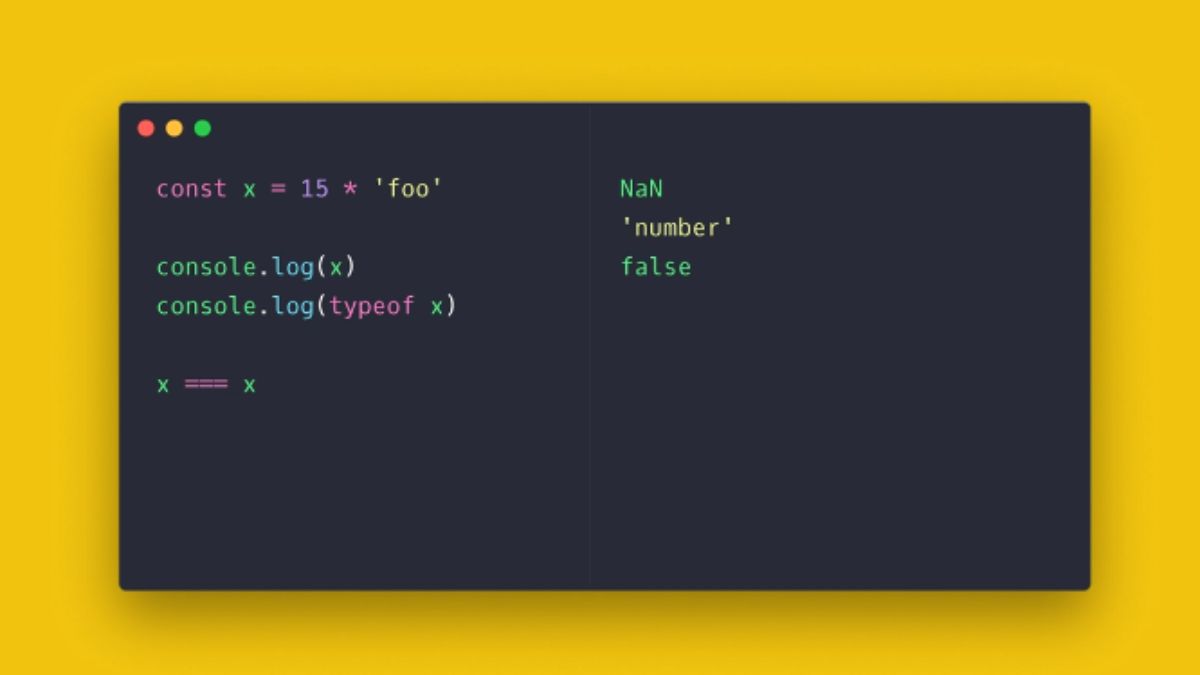Introduction
In Swift, NSDecimalNumber is a powerful class for handling decimal numbers with high precision, especially in financial calculations. However, dealing with special values like NaN (Not a Number) can be tricky. This tutorial will guide you through creating and handling NaN in NSDecimalNumber, ensuring your applications remain robust and error-free.
What is NaN?
NaN stands for “Not a Number.” It’s a special value used to represent undefined or unrepresentable numerical results, such as the result of 0 divided by 0. In Swift, NSDecimalNumber provides a predefined constant for NaN:
This constant represents a value that is not a valid number and is useful for signaling errors or undefined results in calculations.
Creating NaN in NSDecimalNumber
To create a NaN value in NSDecimalNumber, you can use the notANumber property:
Alternatively, you can initialize it from a string that doesn’t represent a valid number:
If the string cannot be converted to a valid number, nanFromString will be set to NaN.
Detecting NaN in NSDecimalNumber
To check if an NSDecimalNumber is NaN, you can use the isEqualToNumber method:
Alternatively, convert the NSDecimalNumber to a Double and use the isnan function:
Be cautious when comparing NaN values, as NaN is not equal to itself. Therefore, direct comparisons using == will not work as expected.
Best Practices for Handling NaN
1. Avoid Using NaN in Financial Calculations
NaN values can lead to unexpected behavior in calculations. It’s best to handle potential errors before they result in NaN. For example, check for division by zero before performing the operation:
2. Validate Inputs
Ensure that all inputs are valid numbers before performing calculations. This can prevent the propagation of NaN values through your calculations.
3. Use Optional Binding
When dealing with operations that might result in NaN, consider using optional binding to safely unwrap and handle potential errors.
Conclusion
Handling NaN in NSDecimalNumber is crucial for maintaining the integrity of your calculations, especially in applications involving financial data. By understanding how to create, detect, and handle NaN values, you can prevent errors and ensure your application behaves as expected.
FAQ
1. What does NaN stand for in Swift?
NaN stands for “Not a Number.” It’s a special value used to represent undefined or unrepresentable numerical results.
2. How do I create a NaN value in NSDecimalNumber?
You can create a NaN value using the notANumber property:
3. How can I check if an NSDecimalNumber is NaN?
Use the isEqualToNumber method:
Or convert to a Double and use isnan:
4. Can NaN be equal to itself?
No, NaN is not equal to itself. This means direct comparisons using == will not work as expected.
5. Should I use NaN in financial calculations?
It’s best to avoid using NaN in financial calculations. Instead, handle potential errors before they result in NaN.
6. How can I prevent NaN values in my calculations?
Validate inputs and check for potential errors, such as division by zero, before performing calculations.
